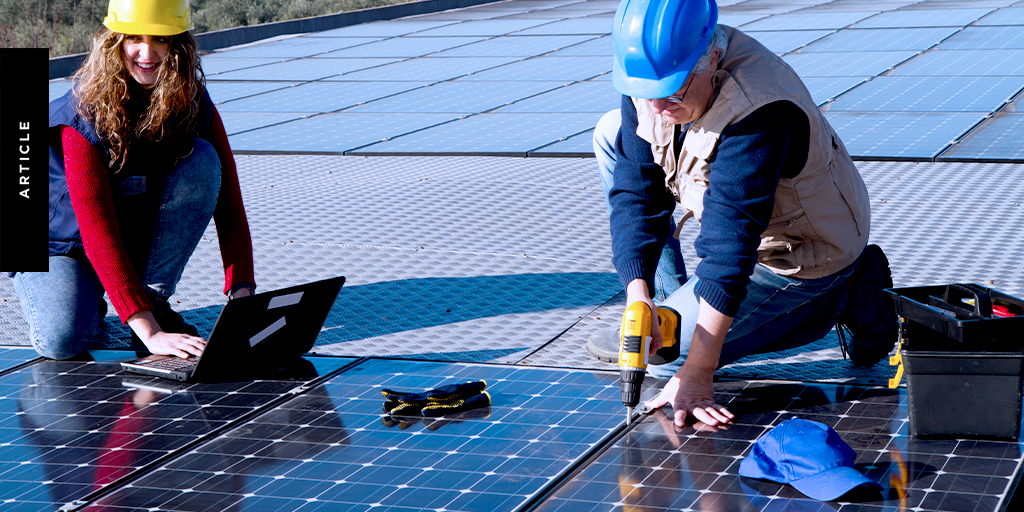SMEs face a raft of risks with the ongoing transition to source energy from renewable options. This article will give you a global and national context, explain what you may face, and offer tips on risk management.
On a global bandwagon
Across the world, economies and societies are moving away from fossil fuels (such as oil, natural gas, and coal) to renewable energy sources. The focus is on generating power from wind, sun, waves, hydrogen, geothermal, biofuels, and methane.
But it’s a long road for countries that have signed the Paris Agreement to reach net zero greenhouse gas emissions by 2050.
Worldwide, 80% of energy production comes from fossil fuels. They account for 75% of emissions and almost 90% of all carbon dioxide emissions. Meanwhile, less than a third of global production of electricity comes from renewable sources, according to the United Nations.
On average, each Australian uses 54,286 kilowatt hours of electricity per year. This makes us per capita number two on the list for 2022, just behind the US, according to Our World in Data’s figures on fossil-fuel consumption.
The ‘Climate Risk Index’
A recently developed climate risk index examines risk to the Australian energy grid under different climate scenarios.
The index shows that under current and committed renewable actions, more than a quarter of Australia’s generators would be at the highest operational risk by 2050 if the average temperature increased by 2oC. However, 43% of our generation capacity would be at the same risk if there was a 4oC rise.
There are other risk indices. Find out more about the risks facing properties in your area via the Climate Council’s Risk Map of Australia. Your state or territory government may have more detailed maps, such as this one for NSW.
To manage these risks, Australia’s existing infrastructure should be revamped for resilience against floods, fire, heat, and other extreme weather events.
Why risks vary
Risks are localised because Australia has diverse climates and regional landscapes where different energy sources will feature. For example, wind power suits Victoria and South Australia, while solar is preferred elsewhere. Another risk factor is whether a state or territory is connected to the National Electricity Market. Western Australia and the Northern Territory’s electricity grids are independent, so remain more exposed to risk.
Meanwhile, the Clean Energy Australia Report 2023 talks about this variance of economic risks.
Also, there’s been some softening in the take-up of corporate renewable power purchase agreements (PPA). That’s due to projected supply constraints, such as grid connections, and development risks. This may change, however, with more federal and state government programs announcing developments.
Helping businesses become more resilient
SMEs can manage some of the risks by incorporating environmental and social government (ESG) principles into their strategy and operations. This makes good business sense as it dovetails with the changing expectations of customers, communities, and regulators.
Embracing ESG boosts your business reputation as ethical and sustainable. The Climateworks Centre estimates investing in ‘energy productivity’ could increase SME profits by up to 10%. Find out more about their Energy Productivity Index for Companies.
Another move is to create your own business energy resilience plan. This could include:
- Installing solar panels, heat pumps, or other devices where possible
- Investing in battery energy storage – your own or as part of a collective
- Look into load shifting to vary the time you use energy so you pay off-peak rates, where possible
- Maintain and update your energy-related equipment, such as hot water systems, air conditions, chillers, pumps, etc.
- Reach out to your local, state/territory/federal government grants, training, advice or rebate programs to help you transition to renewable energy and/or lower your energy consumption. It could be as simple as installing new LED lights for old.
As well, your business could earn a 20% tax deduction for efficient energy use this financial year.
Switch on to better risk management
Planning for energy resiliency is in your hands, but you won’t need to go it alone. Partner with us for help to navigate these new risks and secure a stronger business future.

